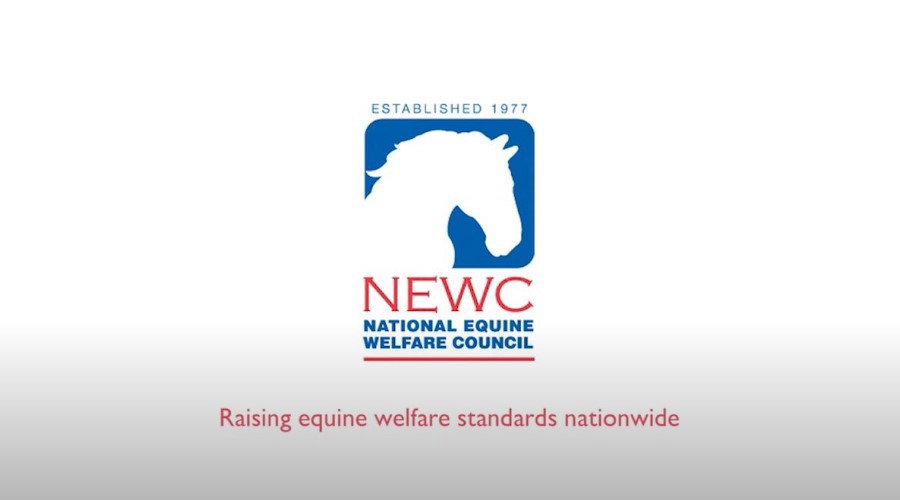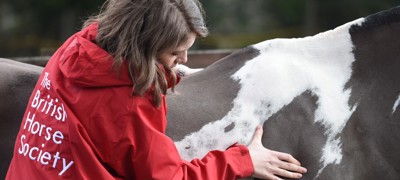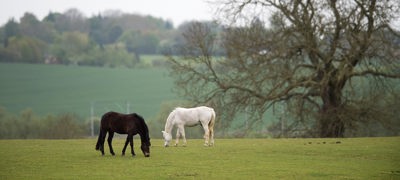They are not used to prevent a horse from eating. Restricting grass intake is important for horses with a tendency to gain weight or horses that are susceptible to laminitis.
Grazing muzzles come in different shapes and sizes, but they are all designed to do the same job. Choice of grazing muzzle will depend upon individual fit according to the conformation of the horse’s head.
With many factors for horse owners to consider, several charities (including the BHS) who are members of theNational Equine Welfare Council, organisations and experts have produced guidance to help with the many enquiries and concerns surrounding their use. When used responsibly, grazing muzzles can help as part of a weight management programme, with no increased stress on the horse1.
 play-circle
play-circle
Watch
Grazing muzzles guidance
Using the muzzle
A horse should not be turned out or left unsupervised for any length of time during its first session with a grazing muzzle. Make sure the horse is grazing comfortably and is able to drink with ease. Grazing muzzles should never be left on 24 hours a day.
Advice for Donkeys
chevron-down
chevron-up
The Donkey Sanctuary advise that grazing muzzles should not be used as a method of restricting grass intake for donkeys and their hybrids due to:
- Potential problems associated with donkeys on restricted diets such as hyperlipaemia.
- The challenges of fitting and retaining a muzzle in place with animals that are often unaccustomed to wearing tack.
- Their tendency to browse hedgerow vegetation, bushes and trees increases the risk of entanglement.
References
chevron-down
chevron-up
Davis, K, M. et al (2020) Effects of grazing muzzles on behavior and physiological stress of individually housed grazing miniature horses. Applied Animal Behaviour Science. Vol. 231.





